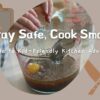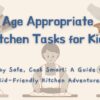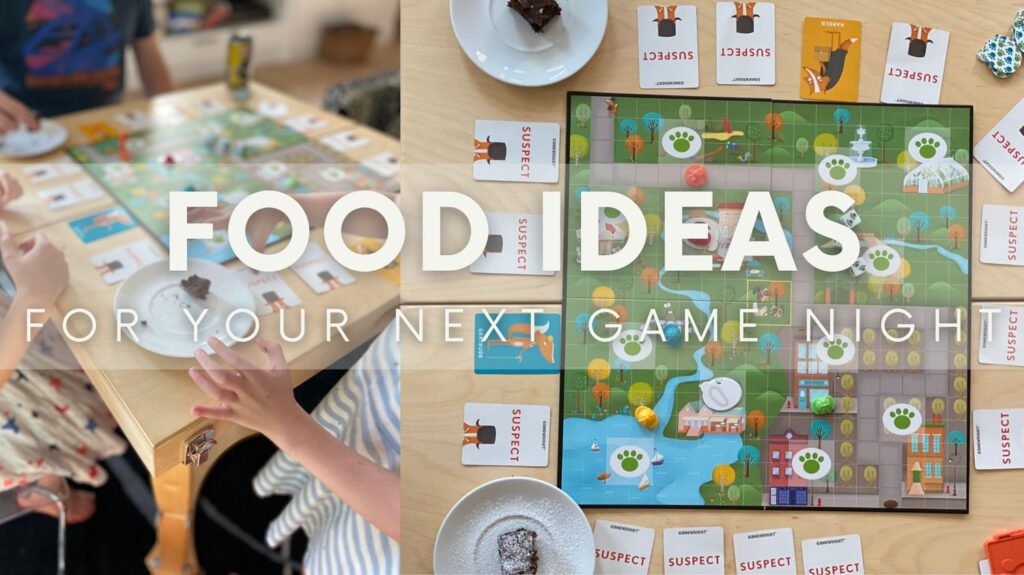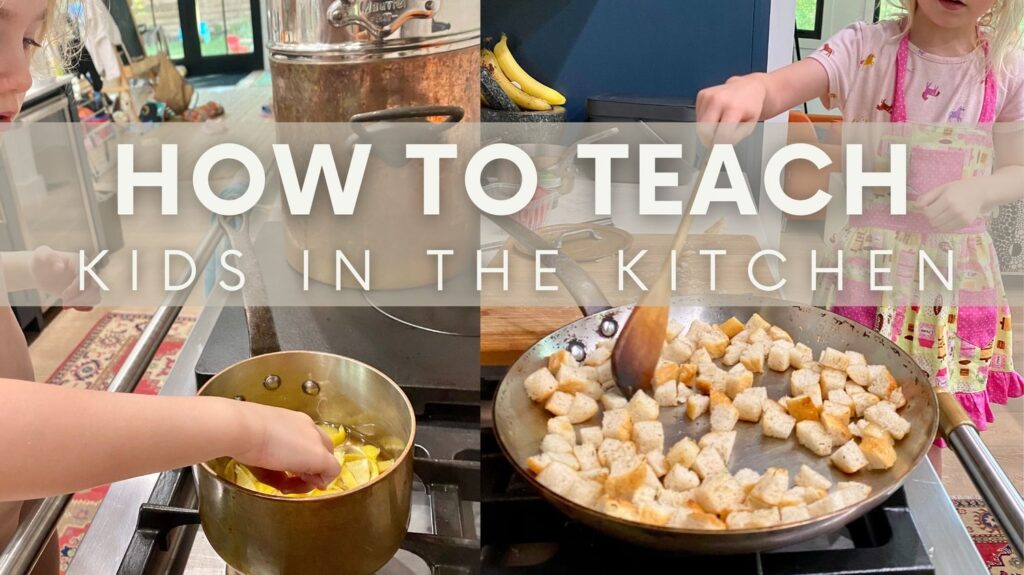We recommend products we would use ourselves and all opinions expressed here are our own. This post may contain affiliate links, which means we might make a small commission at no extra cost to you. This helps us keep the blog running. See our full disclosure here.
As parents and caregivers, ensuring the safety of our children in the kitchen is paramount. Teaching child kitchen fire safety to kids along with the risks associated with gas and carbon monoxide is crucial for overall kitchen safety. I want to help equip you with essential tips and knowledge to create a safe cooking environment.
Here are some key points to cover with your kids at any age:
Child Kitchen Fire Safety & Gas/Carbon Monoxide Awareness
Preventative Steps & Awareness
- Gas Stove and Oven Safety for Kids: If you have a gas stove or oven, explain to children that it uses natural gas, which is flammable. Emphasize the importance of never playing with stove knobs or turning on the burners without adult supervision. Show them how to turn off the gas supply if they ever smell gas or hear a hissing sound.
- Carbon Monoxide (CO) Awareness: Make your children aware of carbon monoxide, often called a “silent killer” because it’s colorless and odorless. Explain how turning gas stove knobs on without lighting or not turning them off can leak gas into the air that they cannot see. Discuss the importance of having a carbon monoxide detector in your home. Tell your child that the monitor can alert you if there’s a leak from a gas appliance. Teach them to recognize the sound of the carbon monoxide alarm and what to do if it goes off.
- Kitchen Ventilation: Show your children how to use the kitchen ventilation system (e.g., range hood or exhaust fan) to remove cooking fumes and prevent the buildup of indoor air pollutants.
- Safe Cooking Practices: In addition to fire and gas safety, teach your children safe cooking practices. Such as keeping flammable materials (like dish towels) away from hot surfaces, using pot holders or oven mitts, and turning pan handles inward to prevent accidental spills.
Emergency Reactions
- Fire Extinguishers: If you have a fire extinguisher in the kitchen, explain its purpose and how to use it if necessary. Make sure it’s accessible and that your children understand when and how to use it.
- Fire Types: Explain the different types of kitchen fires and how to handle each situation.
- Grease Fires: These are the most dangerous type of kitchen fire. They happen when cooking oil or grease gets too hot and ignites. Never throw water on a grease fire! Instead, turn off the heat and smother the flames by carefully sliding a lid over the pan. If the fire is large, evacuate the kitchen and call 911.
- Oven Fires: Oven fires can be caused by grease buildup, spills, or leaving food in the oven too long. Turn off the oven and leave the door closed to contain the fire. If you see smoke or flames coming from the oven, evacuate the kitchen and call 911.
- Electrical Fires: These fires can be caused by faulty appliances, overloaded circuits, or frayed cords. If you see or smell an electrical fire, unplug the appliance if it is safe to do so. Turn off the circuit breaker to the appliance and call 911.
- Emergency Procedures: Ensure your children know emergency procedures in case of a fire, gas leak, or carbon monoxide alarm activation. Teach them how to safely exit the house, where to go for help, and to never re-enter the house during an emergency.
Cooking with Kids Safely, Together
By including oven safety for kids, and gas and carbon monoxide safety in your education, you’re equipping your children with the knowledge to stay safe. You are also helping them understand the importance of recognizing and responding to potential hazards.
Remember to teach your children how to look ahead and be aware. Mistakes and accidents are inevitable but remember to use them as training moments to prepare your children for how to react in emergencies. Cooking together can be a delightful and safe journey for the entire family.
More Kitchen Advice for Kids









